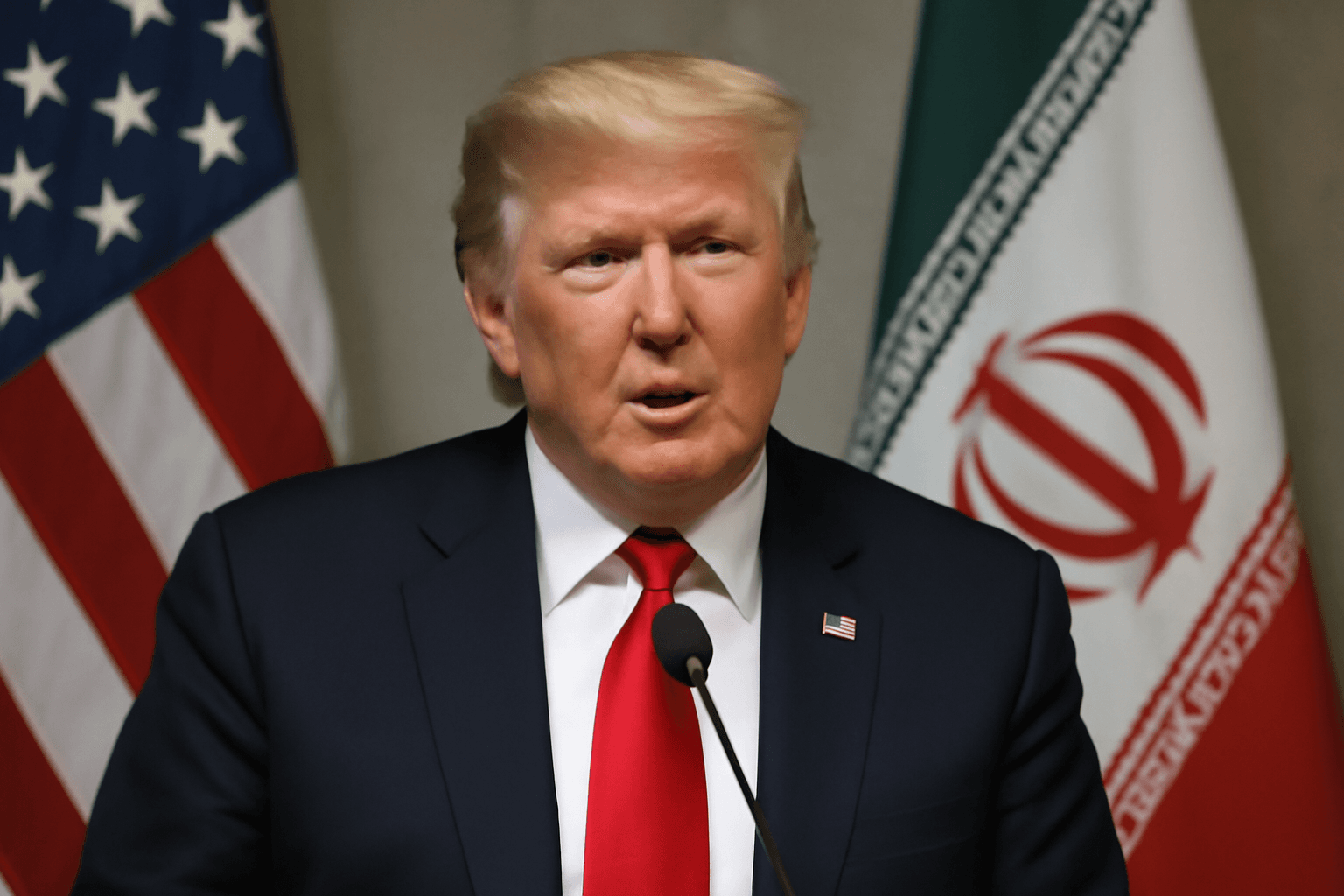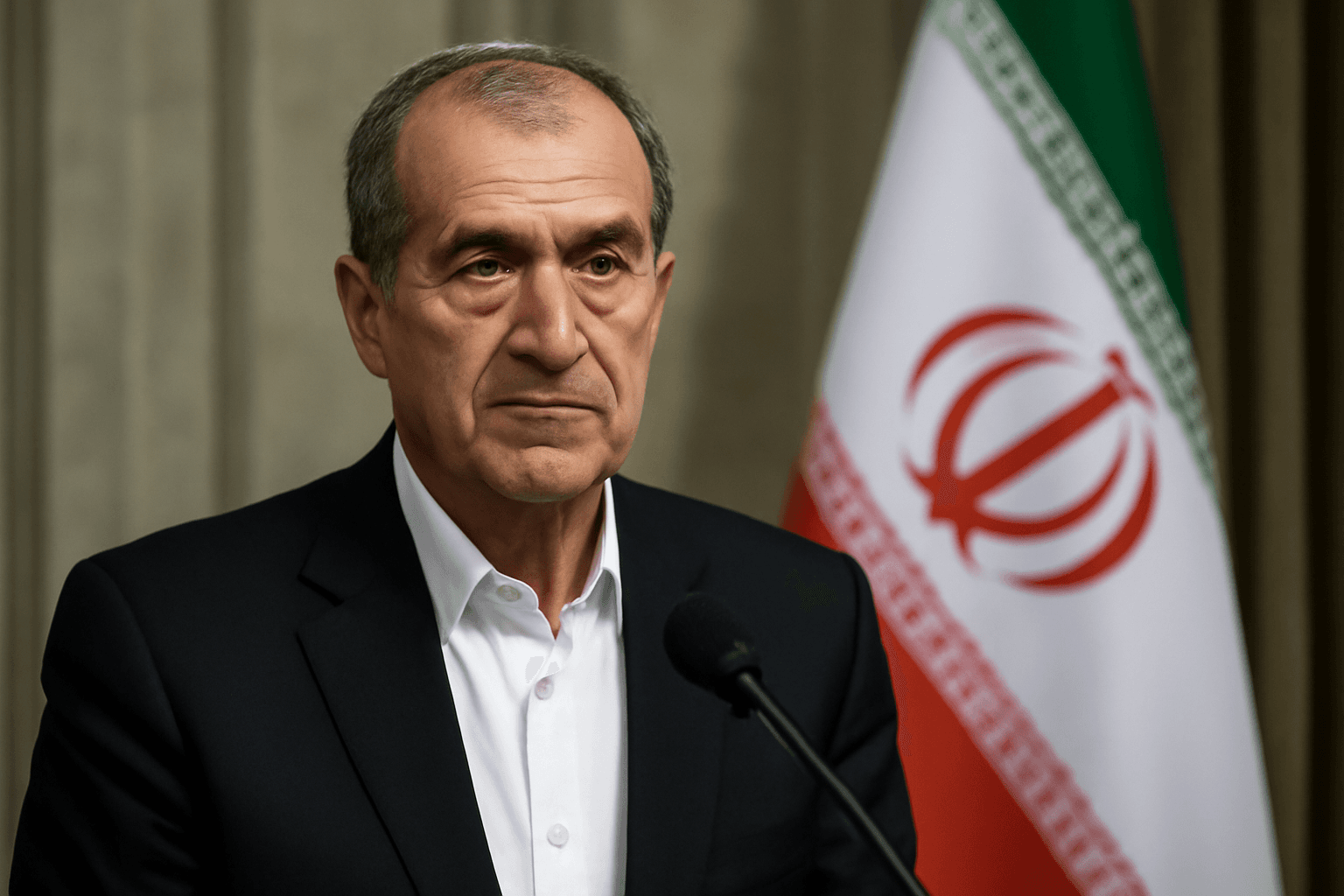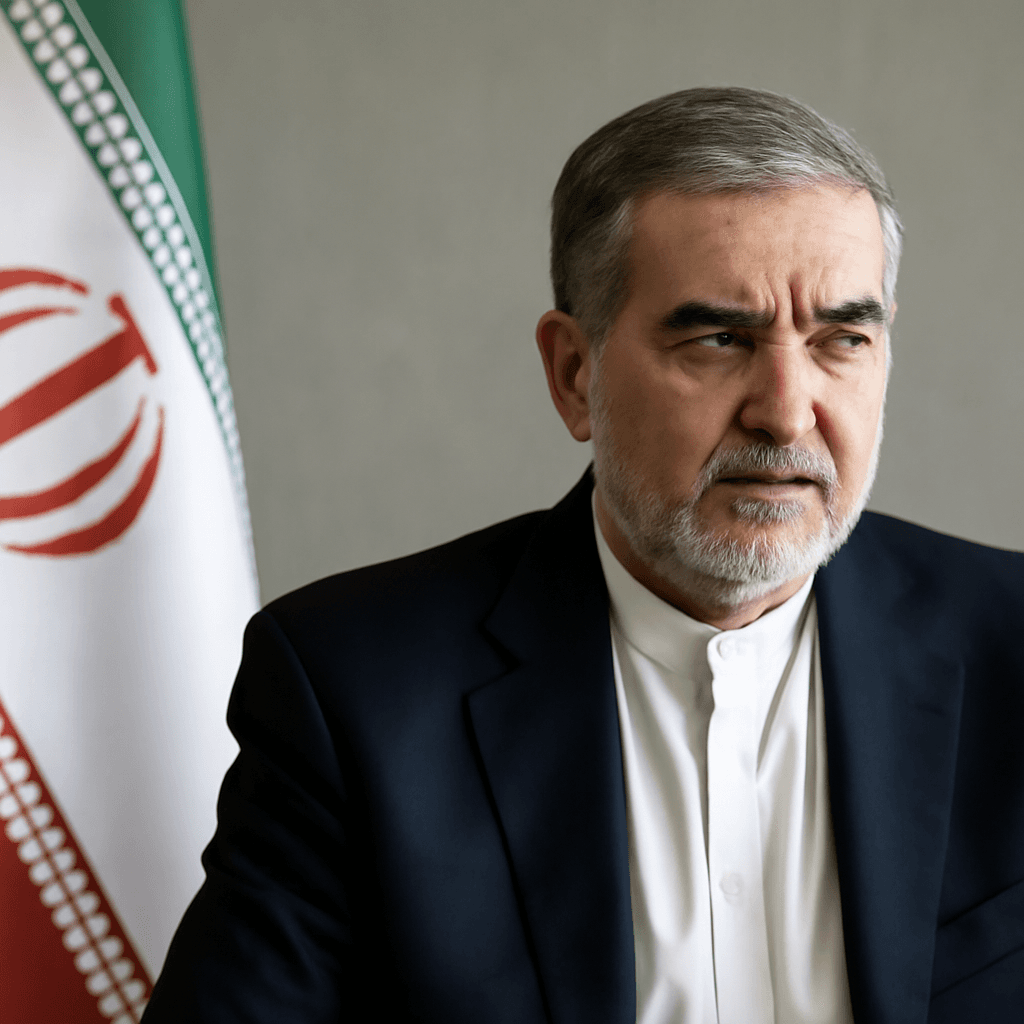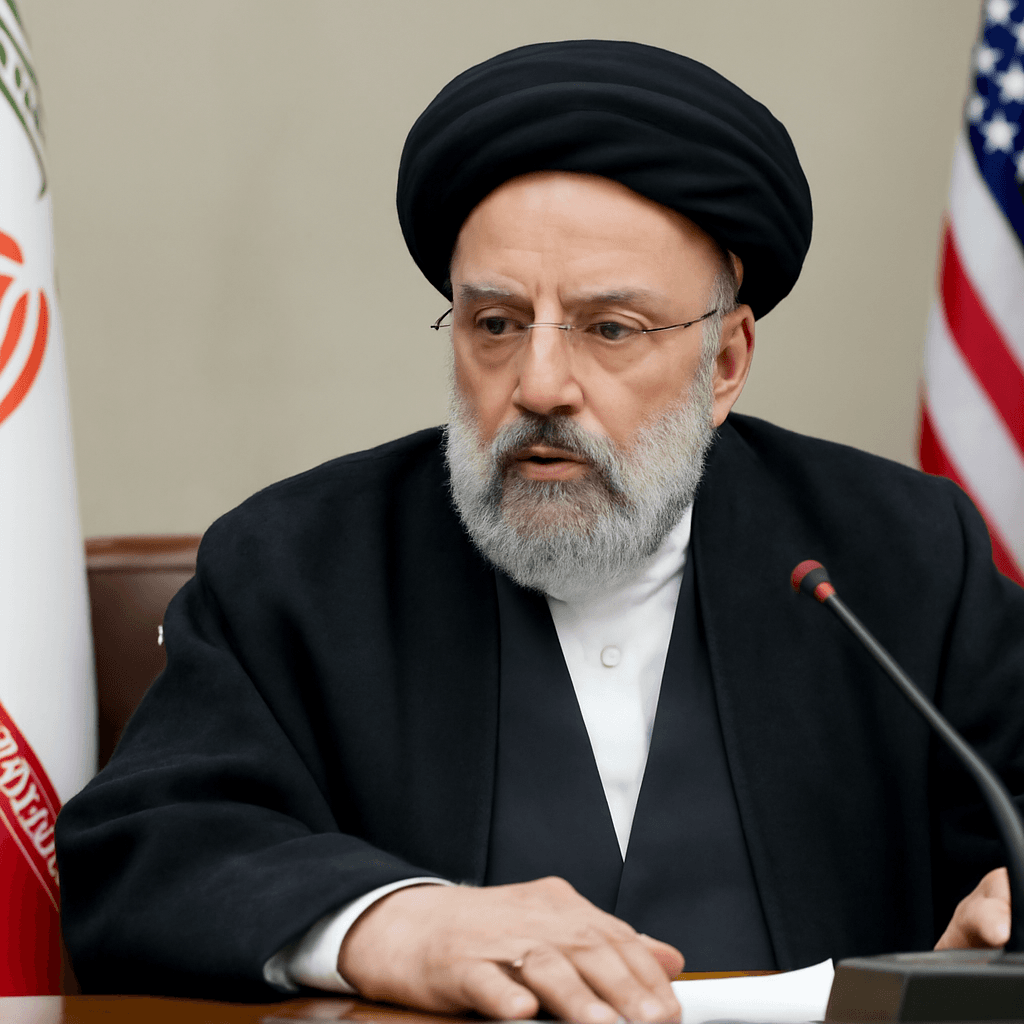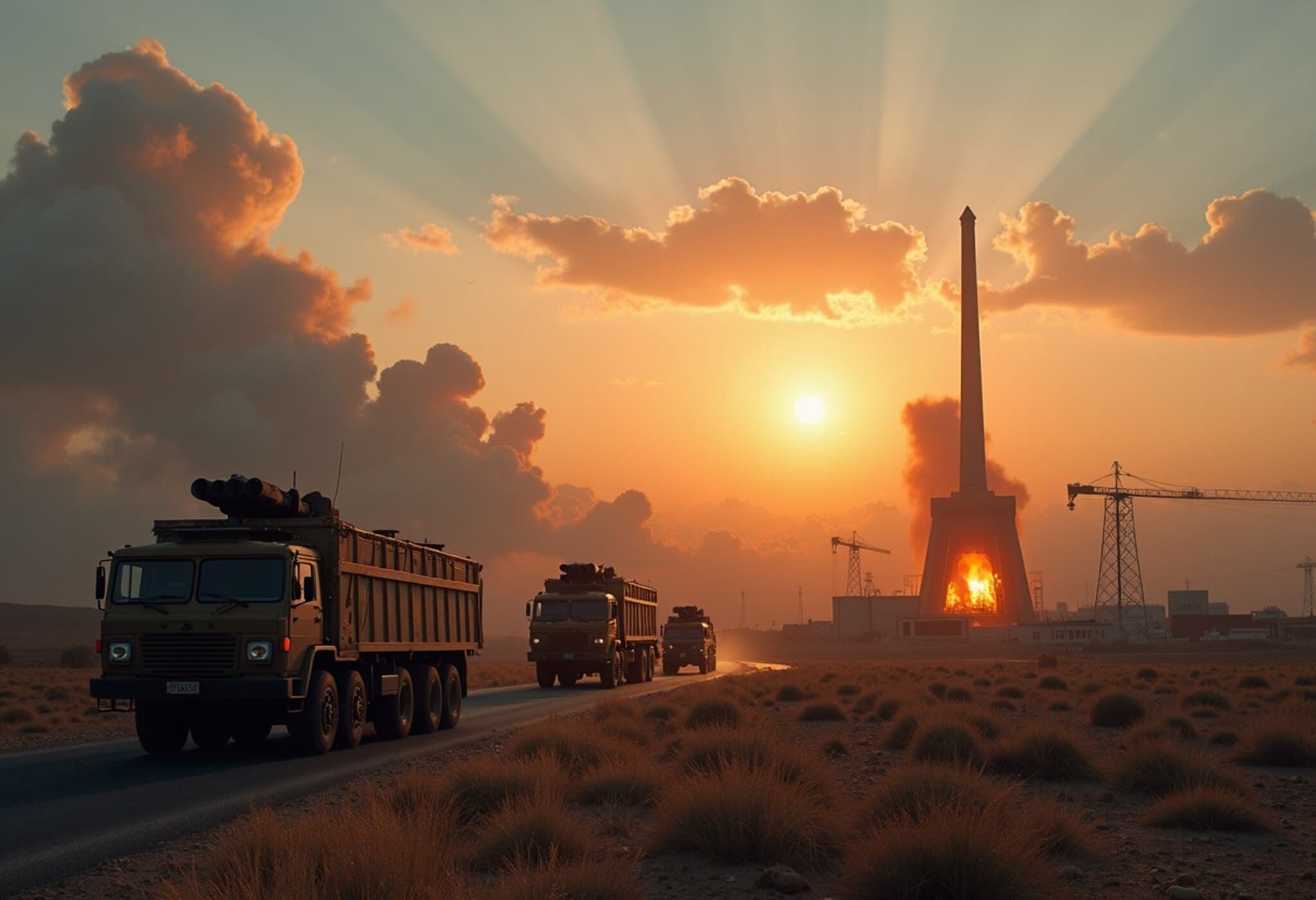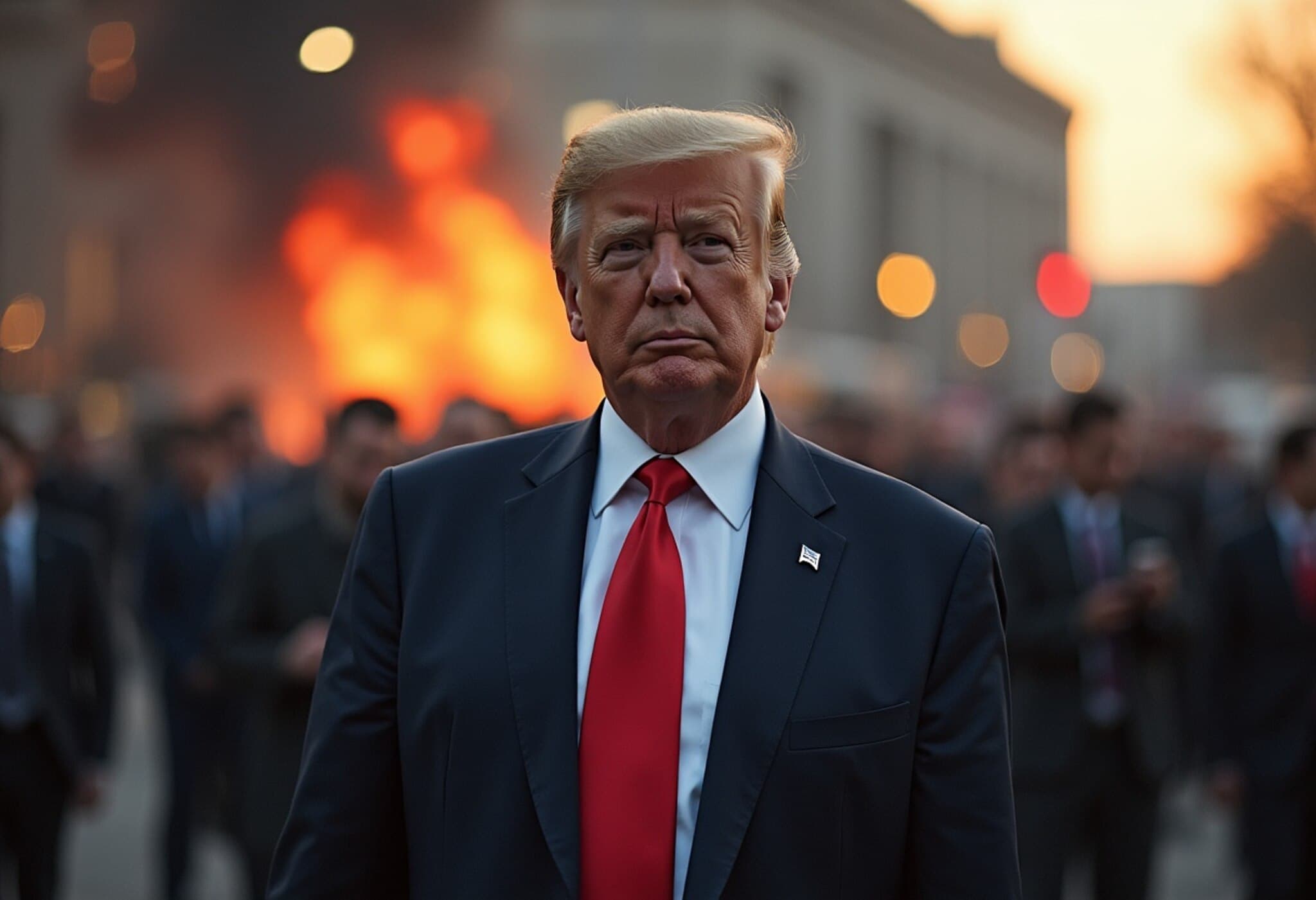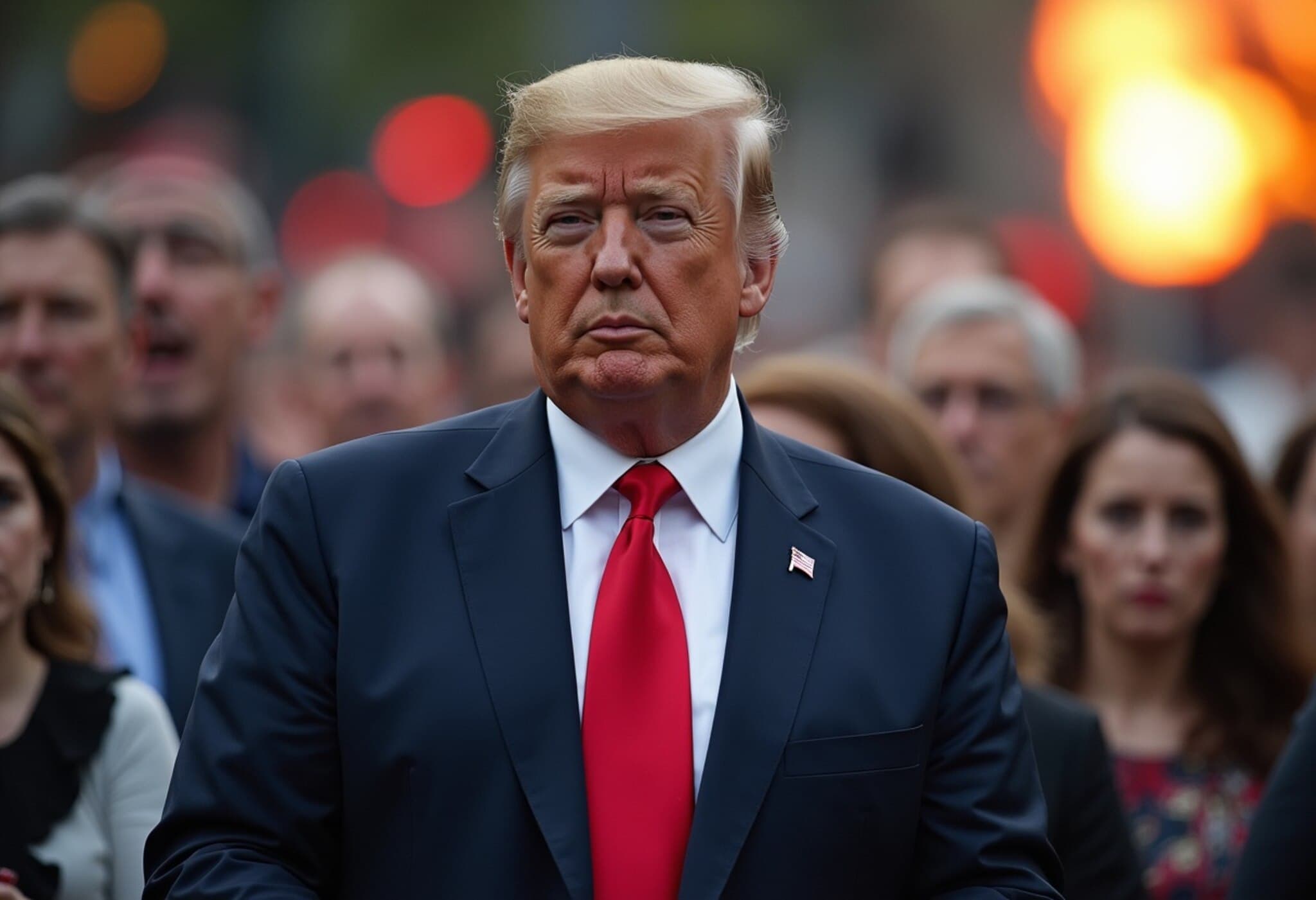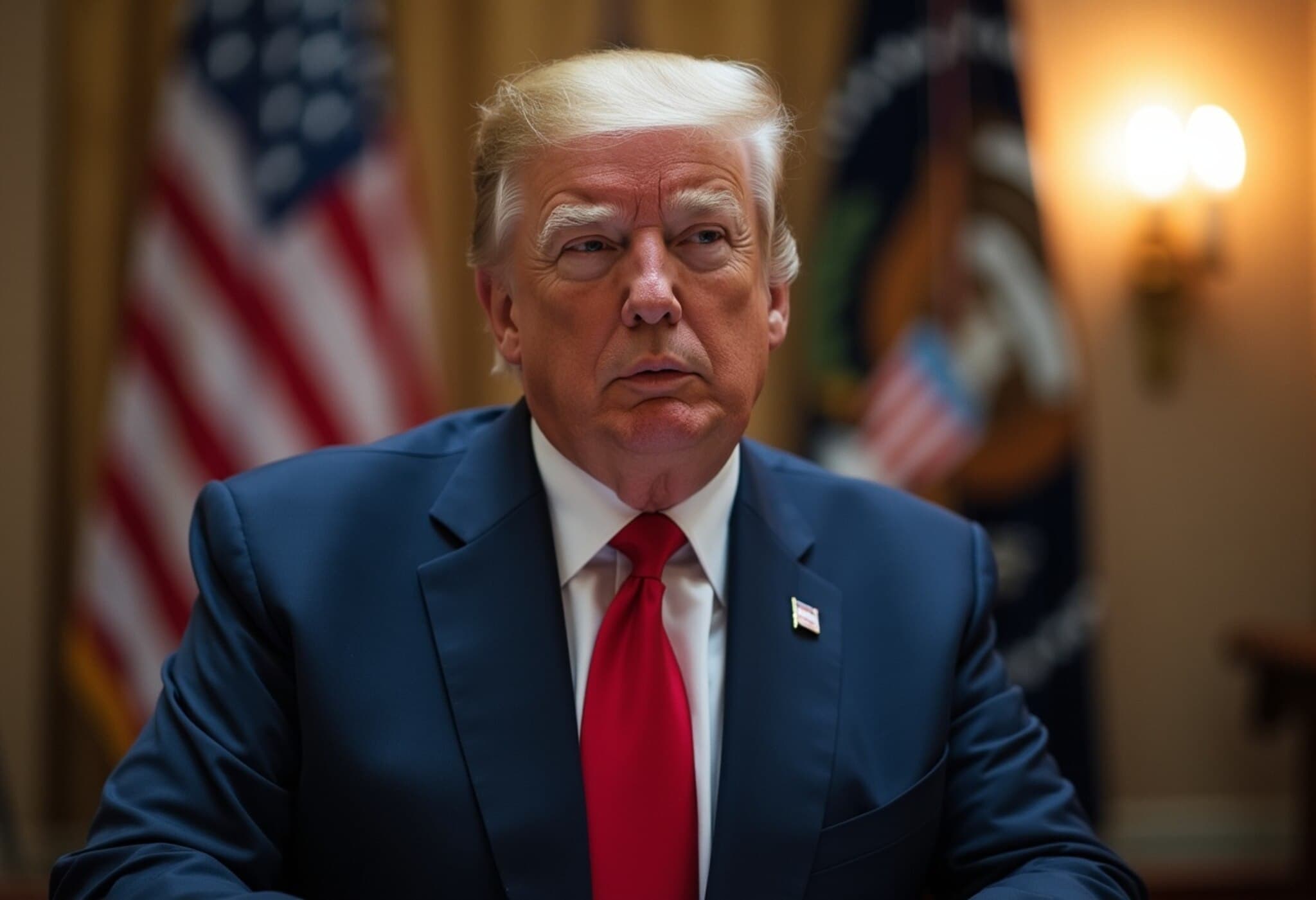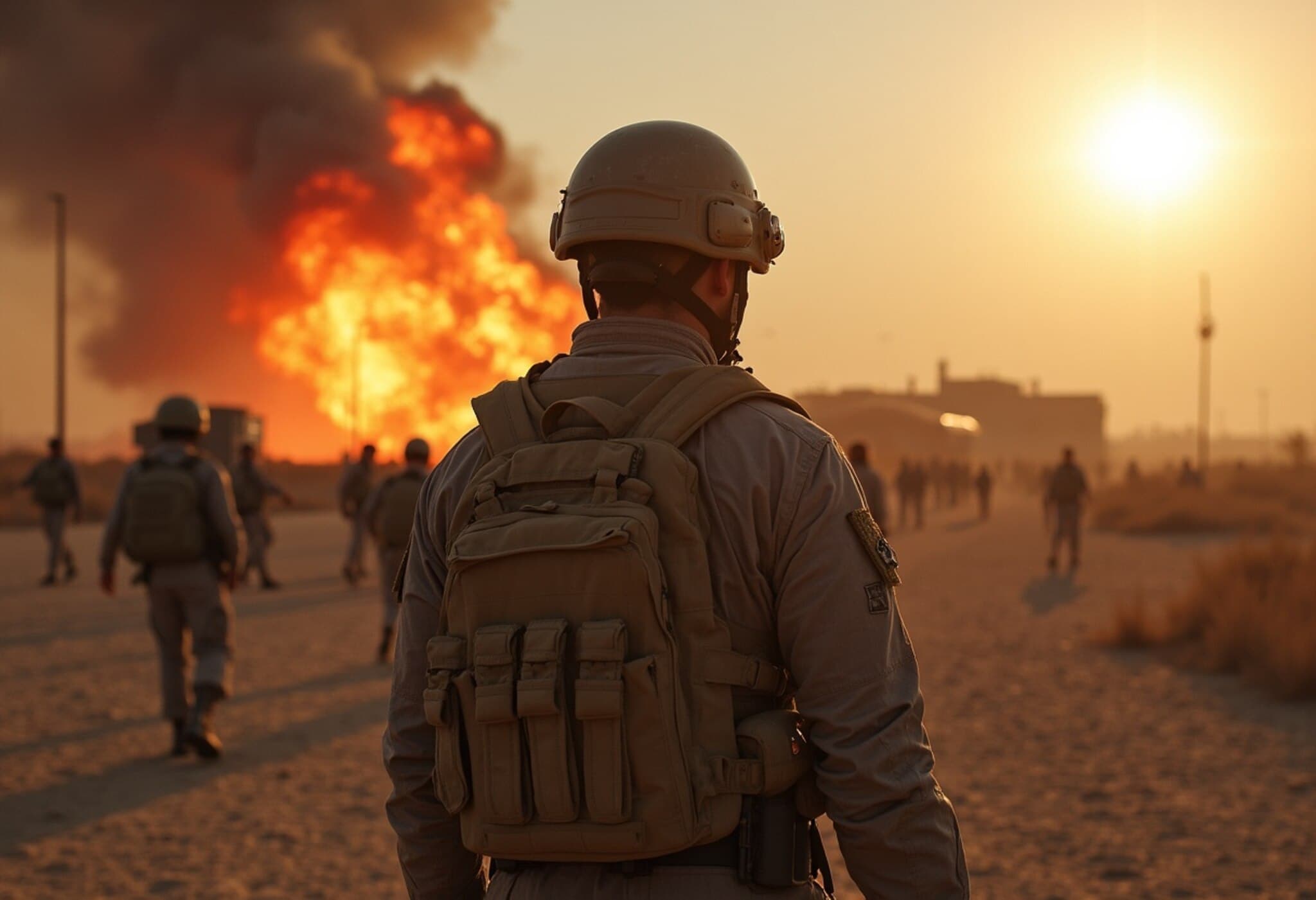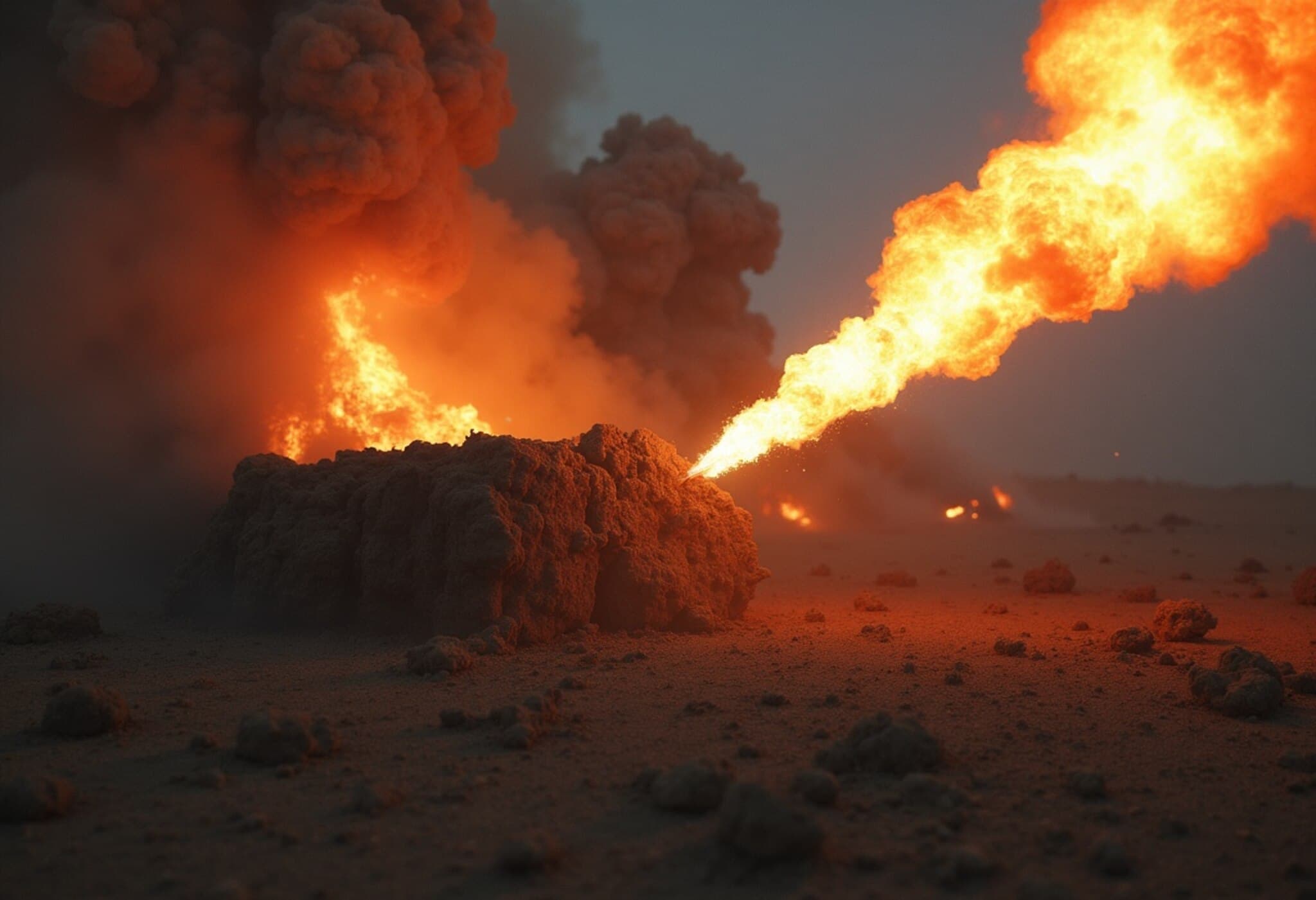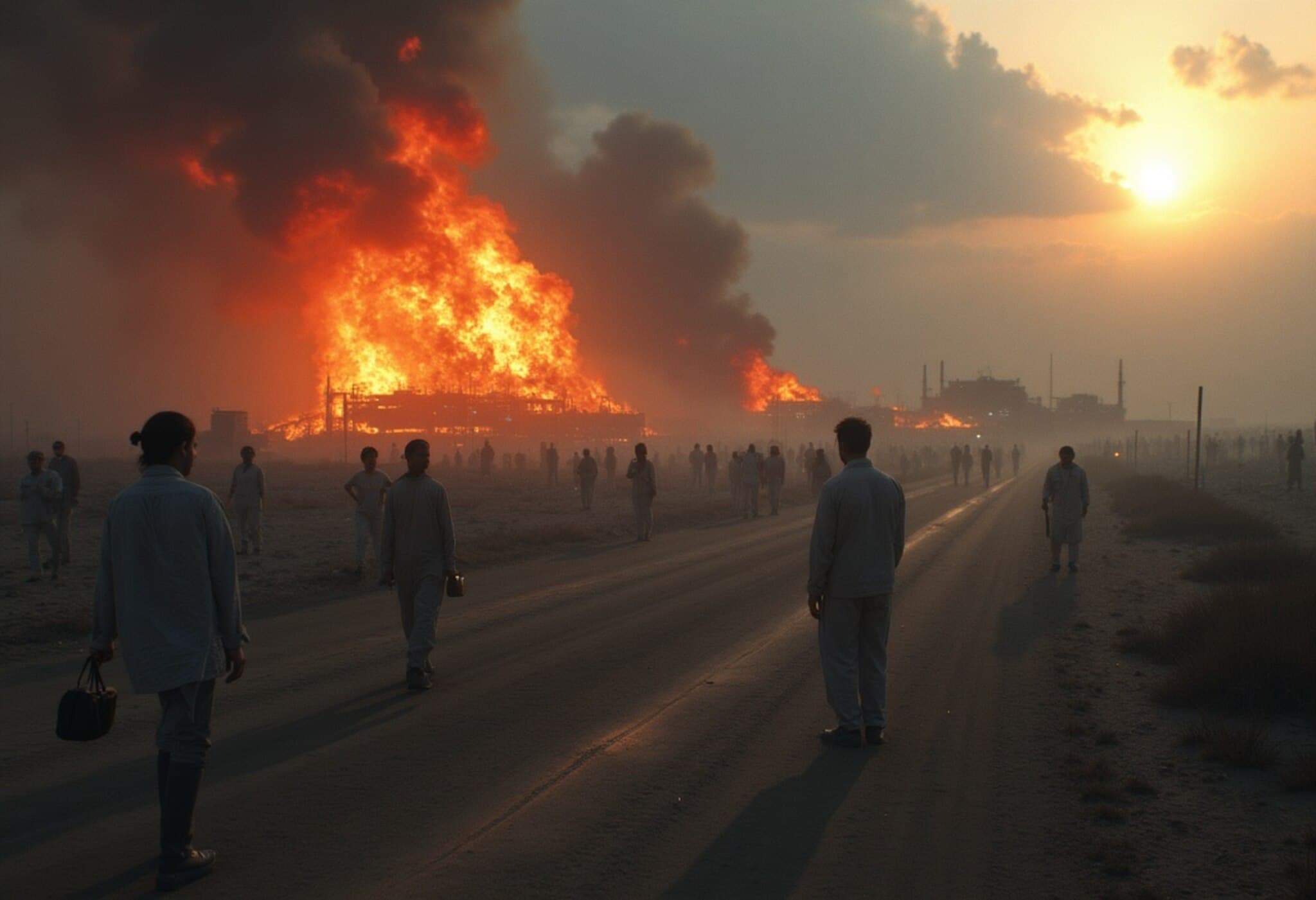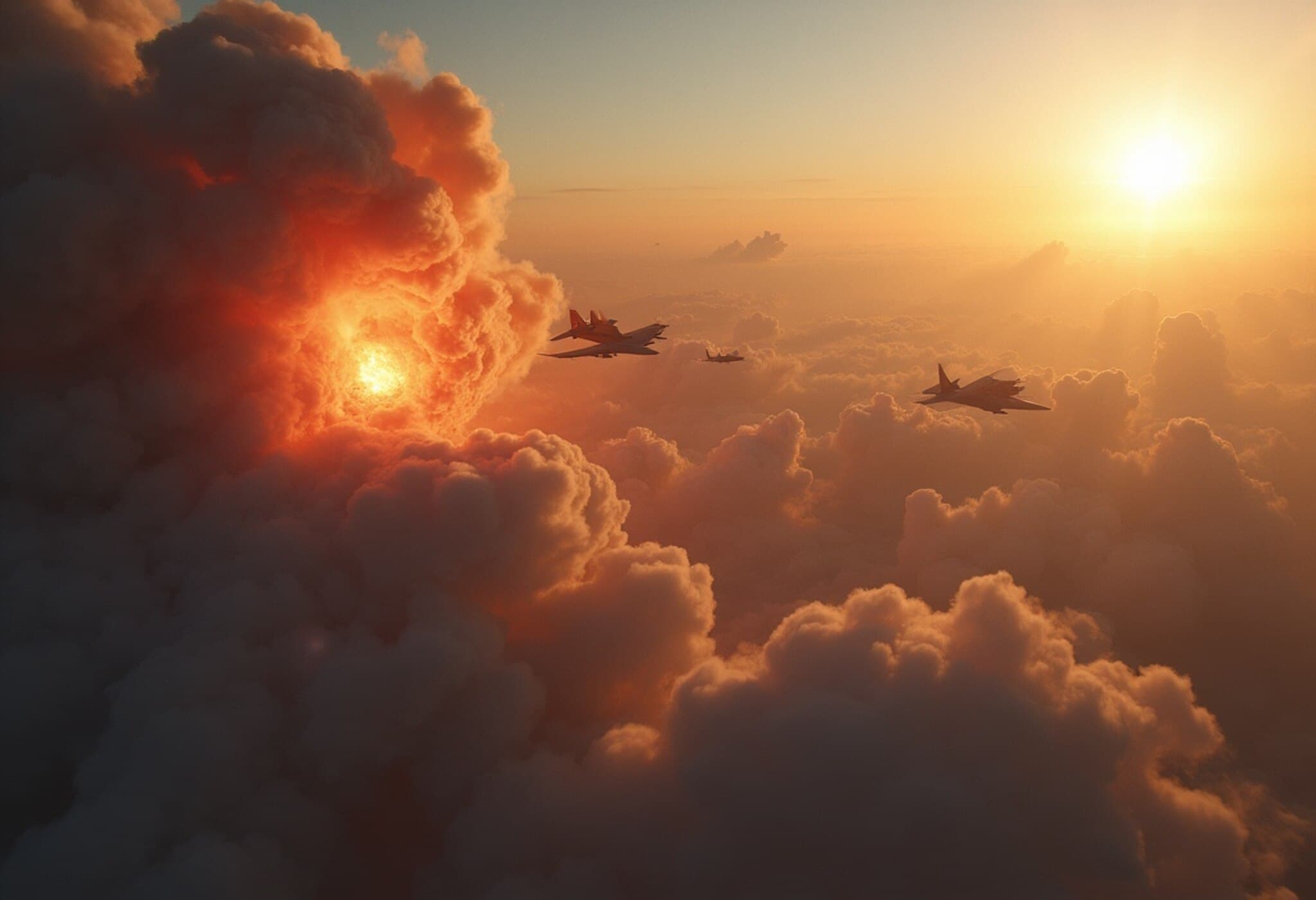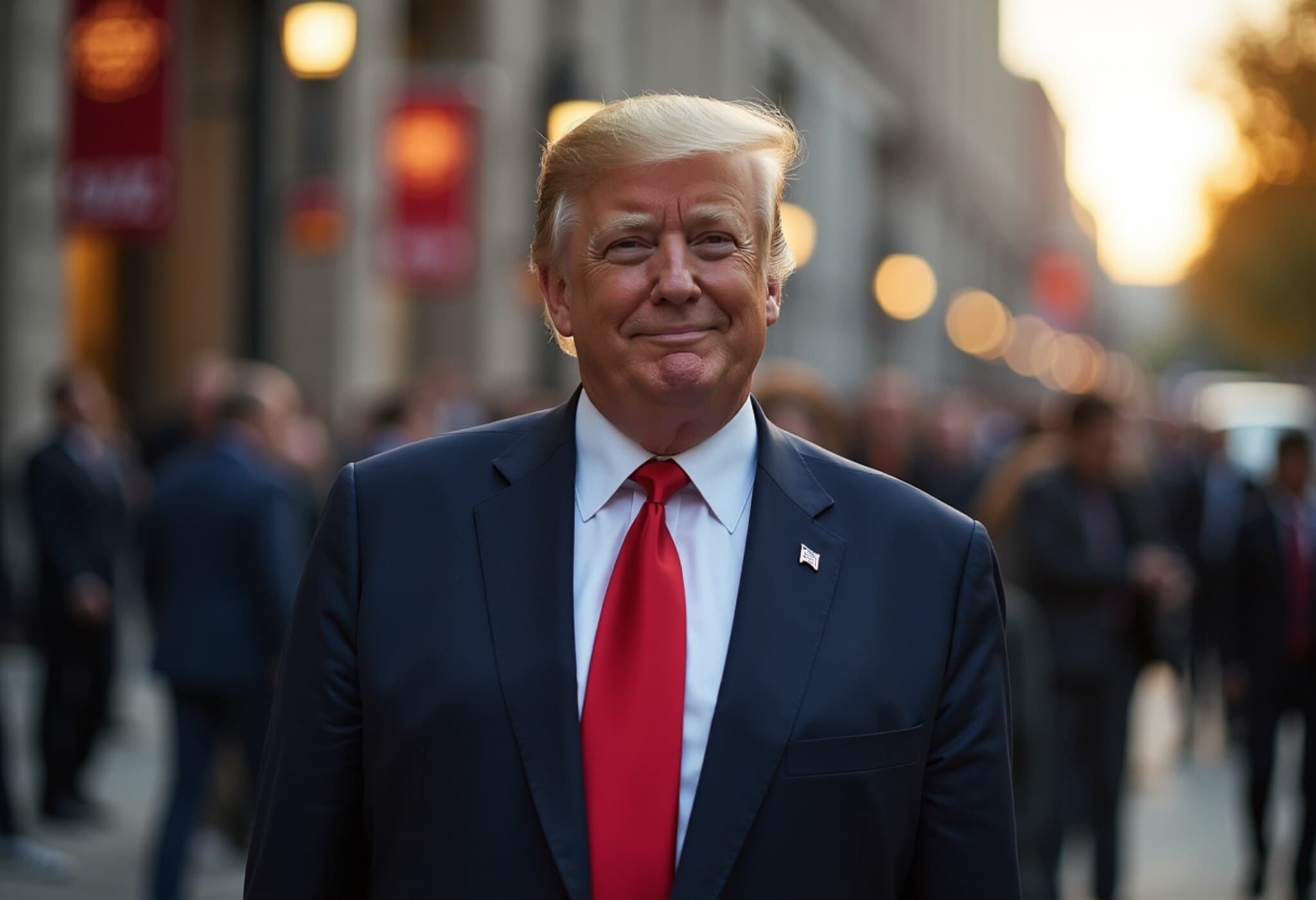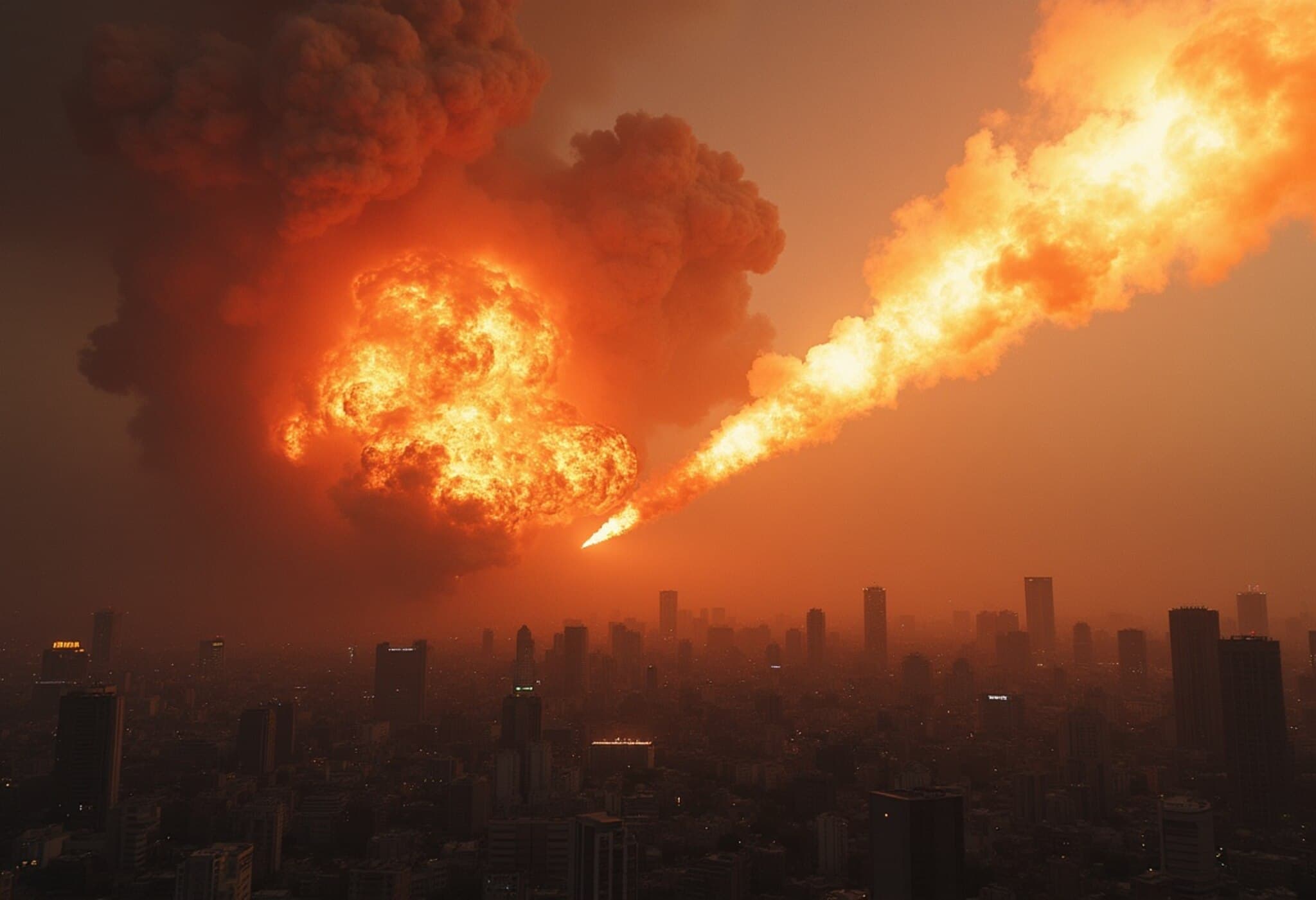The Origins of Iran’s Nuclear Program: A Legacy of US Policy
Nestled in the northern suburbs of Tehran lies the Tehran Research Reactor, a modest nuclear facility dedicated to peaceful scientific work. While it hasn’t been targeted in recent efforts to curb Iran’s nuclear weapons ambitions, this reactor holds a deeper significance—it symbolizes the early involvement of the United States in the development of Iran’s nuclear capabilities.
Atoms for Peace: The Seed of Cooperation and Controversy
During the 1960s, under President Dwight D. Eisenhower’s “Atoms for Peace” initiative, the US provided Iran with nuclear technology and fuel for civilian purposes. This program aimed to share the benefits of nuclear energy with allies during the tense Cold War era, promoting both modernization and closer ties with Washington.
The Tehran Research Reactor, fueled by low-enriched uranium, could not power a bomb. However, the introduction of nuclear technology planted the seeds for a broader program that later alarmed the West.
The Impact of Early US Assistance
Former US officials acknowledge that nuclear proliferation concerns were minimal at the time. As Robert Einhorn, a senior fellow on arms control, reflected, “We gave Iran its starter kit.” This was part of a larger pattern where several countries received nuclear technology under the guise of peaceful use, sometimes without fully anticipating future risks.
The Shah’s Vision: Iran’s Ambition to Modernize and Thrive
In the 1960s and ’70s, Iran was led by Shah Mohammad Reza Pahlavi, a pro-Western monarch pushing rapid modernization. With US support, he invested heavily in nuclear technology, seeing it as a path toward energy independence and national prestige despite Iran’s abundant oil reserves.
- Iran signed the 1968 Nuclear Nonproliferation Treaty, agreeing to international safeguards.
- The Shah secured major nuclear contracts, including a billion-dollar deal with France for multiple reactors.
- US institutions, such as MIT, provided nuclear training to Iranian scientists.
Though initially embraced as a pioneer for peaceful nuclear energy, doubts grew in Washington about Iran’s true intentions, especially as the Shah pressed for domestic uranium enrichment—a capability with obvious weapons applications.
The Islamic Revolution and a New Direction
The 1979 revolution dramatically transformed Iran. The new clerical leadership, initially suspicious of nuclear efforts linked to the Shah and Western powers, paused the program. However, after a costly war with Iraq in the 1980s, Iran reconsidered the strategic value of nuclear technology, seeking assistance from Pakistan, another recipient of early peaceful nuclear cooperation.
Pakistan’s Abdul Qadeer Khan supplied Iran with centrifuge designs, enabling uranium enrichment to levels suitable for weaponization, marking a turning point in Iran’s nuclear ascent.
US Role vs. Pakistani Influence
Experts stress that Iran’s weapons-grade enrichment was not a direct outcome of US assistance, but rather stemmed from clandestine procurement of centrifuge technology from Pakistan. Nevertheless, the initial US-established nuclear foundation provided Iran with critical infrastructure and expertise.
Ongoing Challenges and Lessons Learned
Despite decades of diplomacy, inspections, and even military strikes, Iran’s nuclear ambitions remain a source of global tension. Recent actions to dismantle parts of Iran’s nuclear facilities have not fully resolved concerns, and the risk of proliferation persists.
Meanwhile, the US faces fresh dilemmas in the Middle East. Proposals to transfer nuclear technology to Saudi Arabia raise alarms given the potential dual-use nature of enrichment capabilities and the region’s geopolitical volatility. Arms control experts warn that enabling new entrants to uranium enrichment could set dangerous precedents.
Conclusion
Reflecting on how a Cold War-era initiative aimed at peaceful cooperation inadvertently laid groundwork for today’s challenges underscores the complex legacy of nuclear diplomacy. The path from shared scientific progress to proliferation anxieties illustrates the fine balance between promoting peaceful technology and preventing weaponization.


